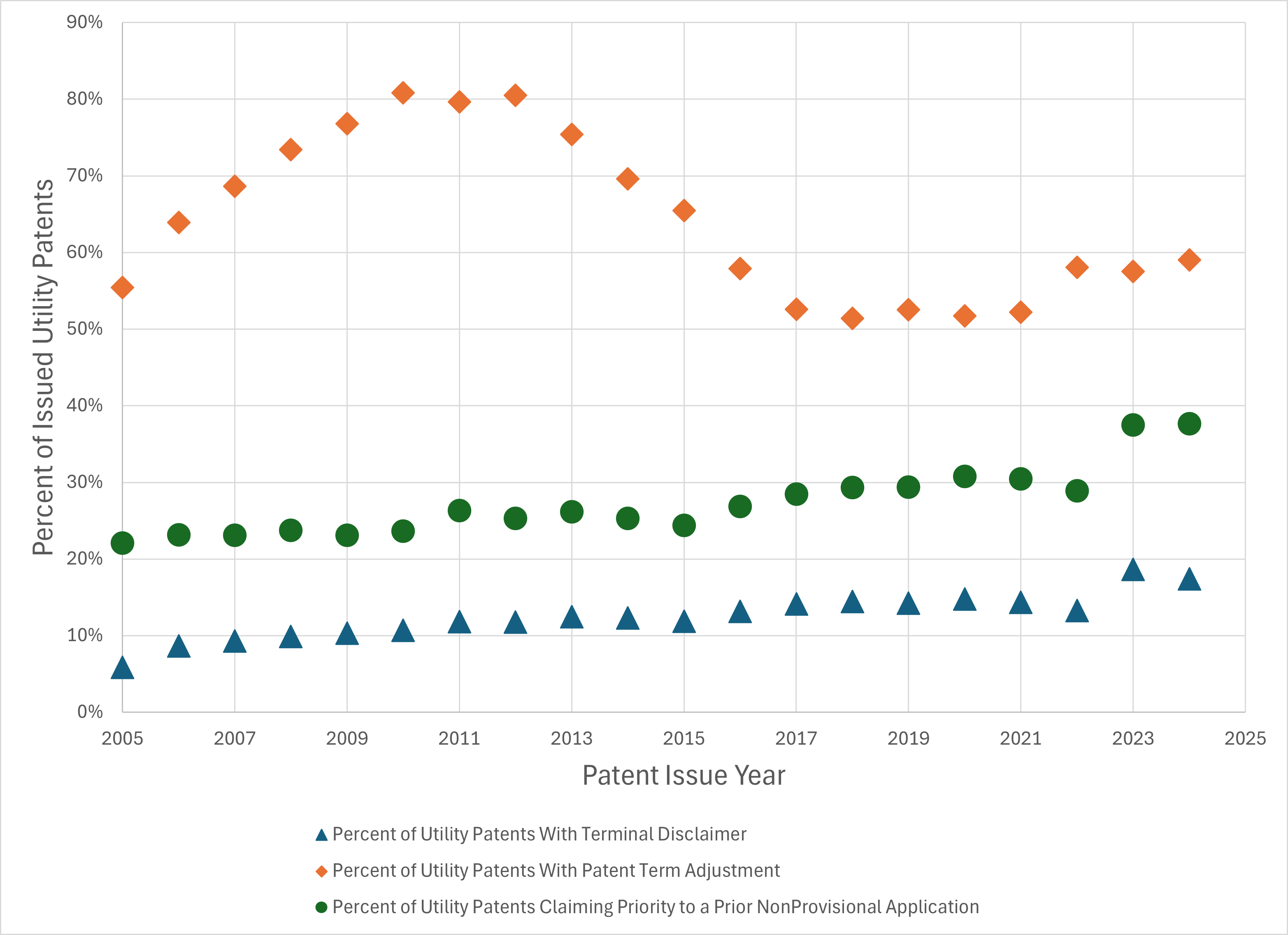by Dennis Crouch
I recently provided a set of interesting data on the large number of patents that are "at risk" of being invalidated based on the Federal Circuit's Cellect decision. This post follows up with a discussion of a recent article titled "Fixing Double Patenting" released in draft form by Stanford Professors Mark Lemley and Lisa Larrimore Ouellette. The article takes a critical look at the practice of obviousness-type double patenting in the U.S. patent system.
To continue reading, become a Patently-O member. Already a member? Simply log in to access the full post.
